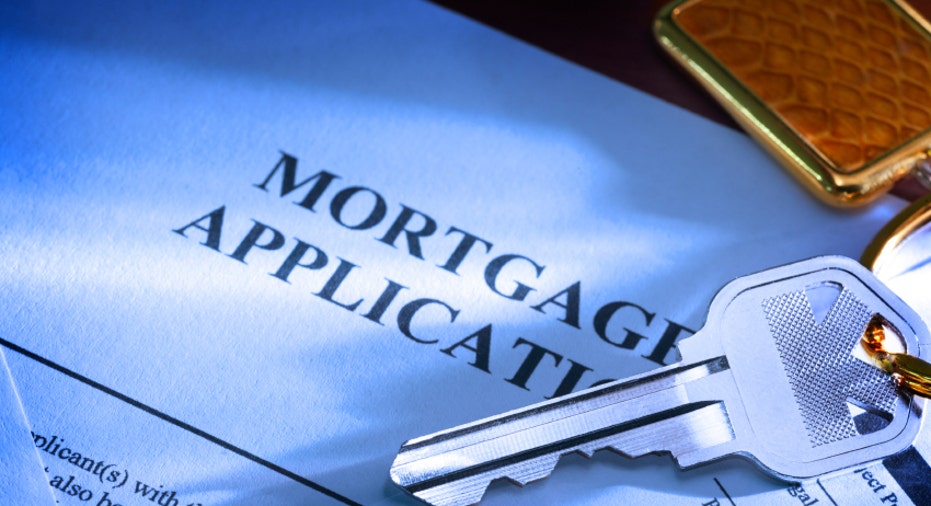This is How to Get the Lowest Mortgage Rate

It's not surprising that interest rates are on the rise as the Fed has committed to reducing its mortgage bond buying starting this month.
Most consumers know there is a multitude of factors affecting a mortgage rate such as property occupancy, loan program and even property type. However, there are other factors that carry the most influence on securing that new mortgage rate than any other factor, despite economic conditions.
Consumer and Property Profile
The more a loan costs is in direct relationship to the risk of the loan. Remember the lenders creating the loans bear all the risk, and they have to charge accordingly based upon market conditions, along with the consumer and property profiles. Consumer profiles include such things as debt ratio, credit score, occupancy, property type and loan type. Property profiles include any liens like loans, or encumbrances or interests of other parties.
Also included in this assessment is whether the property is a single-family residence, condominium or townhome. These factors all may affect the rate pricing. In fact, any property types other than a single-family residence -- like a condominium, or a multi-family property -- do have pricing adjustments that make the loans for these properties cost more.
To obtain the lowest mortgage rate, a consumer must have a high credit score -- at least 740 or higher -- along with a low loan-to-value. Let’s consider these two mortgage rate scenarios -- both consumers are seeking a refinance (the rate and terms are the same whether refinancing or purchasing).
Consumer A: Seeking to refinance a single-family residence with a credit score of 760 and a down payment of 20% representing an 80% loan-to-value.
Consumer B: Identical scenario, except that the down payment is 30%, representing a 70% loan-to-value. Consumer B would obtain a lower interest rate because they have more skin in the game than Consumer A, despite having the same credit score. The credit score works in the same way. In other words, if both homeowners had 30% down and one had a credit score of 720 and the other had a credit score of 760, the consumer with the 760 credit score would come out on top, with an approximately 0.25%-.625% lower rate. When the loan-to-value is 75% or higher, you’re more likely to have a higher interest rate.
The Economy
Lenders will look at the consumer and property profile, along with economic conditions that change on a daily basis. Factors that drive rates include the unemployment report at the first Friday of each month, which sets the tone for how the rest of the month will proceed.
The better the unemployment data, the more likely rates will hold or rise. Conversely, the worse the unemployment data report, the more likely it is that rates will go lower. Furthermore, when the Federal Reserve meets to discuss monetary policy, their words and the market's perception on those words drive the markets considerably. While economic conditions are always a factor, lenders usually have their fingers on the pulse of such developments and could always advise you on the best time to take advantage of a particular day’s mortgage rates.
The Mortgage Loan Type
Rates can also be incumbent upon loan type. It may make sense for a consumer to improve their credit score for a better interest rate on their loan if they don't have the ability to increase their down payment and/or reduce the loan-to-value.
On a conventional mortgage loan that is a non-government loan, a borrower would most benefit by increasing their credit score as conventional loans directly price in relationship to credit score and loan-to-value.
If the consumer is looking at an FHA loan, pricing is based on the overall loan scenario than specifically on credit score and loan-to-value, so long as a borrower has a credit score of 620 and at least a 3.5% down payment. If you’re looking to buy a home, it’s a good idea to know what your credit standing is – whether you want to build or maintain your credit. You can pull your credit reports for free once a year from each of the three major credit reporting agencies. You can monitor your credit scores for free using a tool like Credit.com’s Credit Report Card, which also gives you two free credit scores and an overview of the strengths and weaknesses in your credit profile so you know what areas you need to work on.
Read More Credit.com
Why You Should Check Your Credit Before Buying a Home
How to Search for Your Next Home